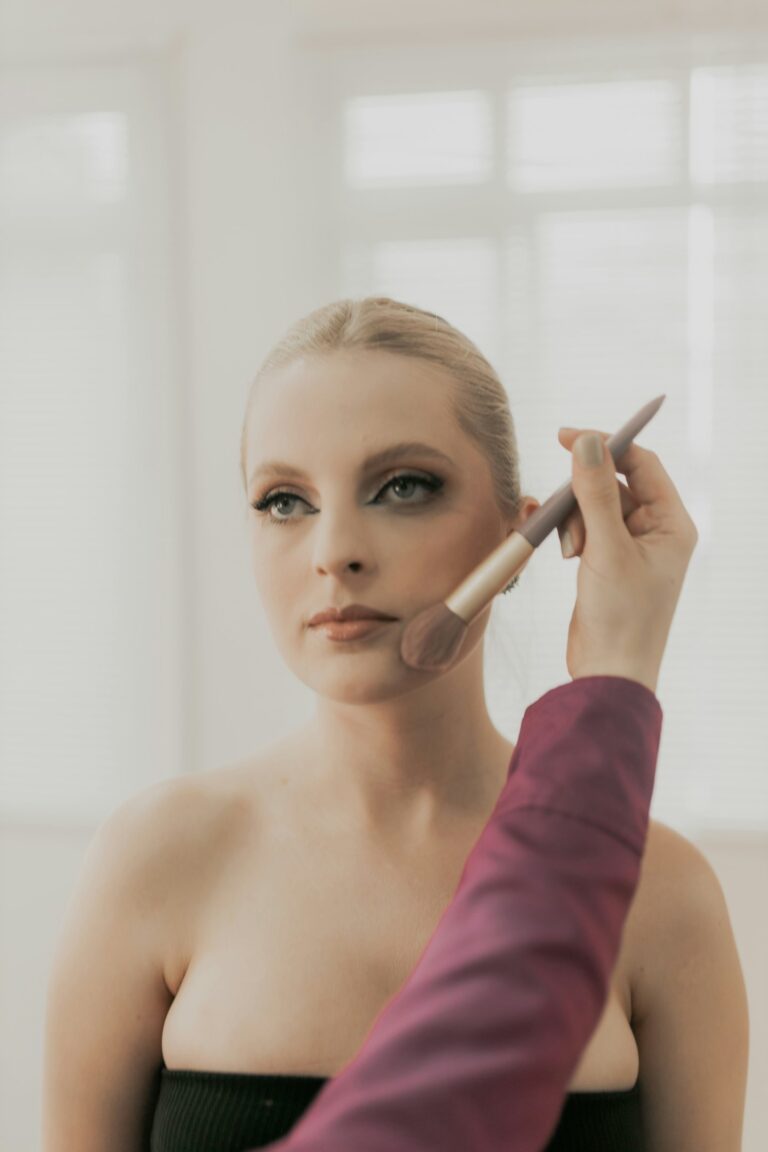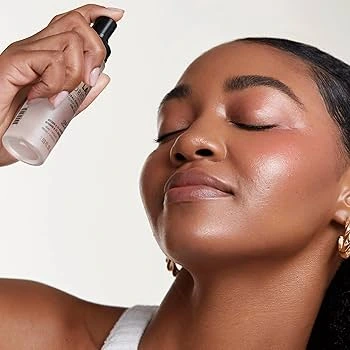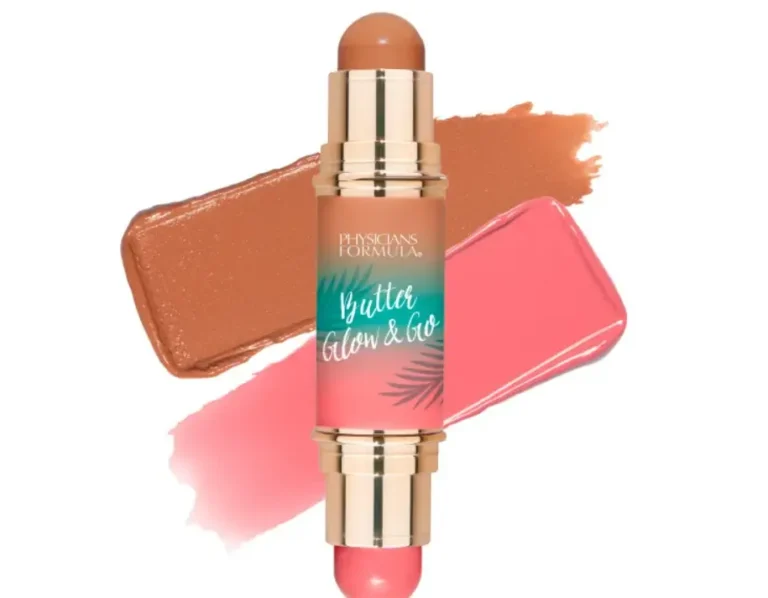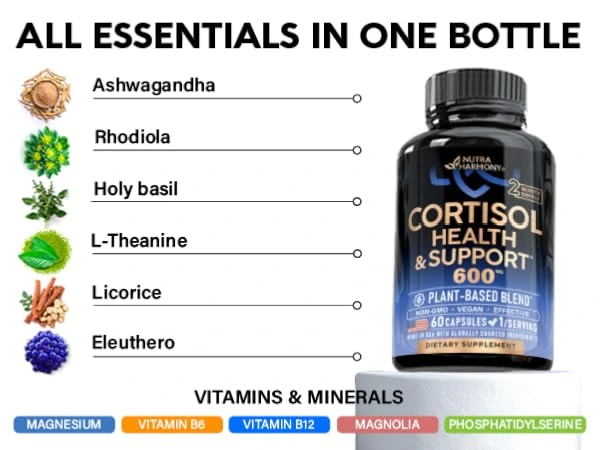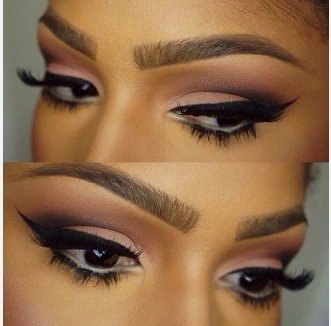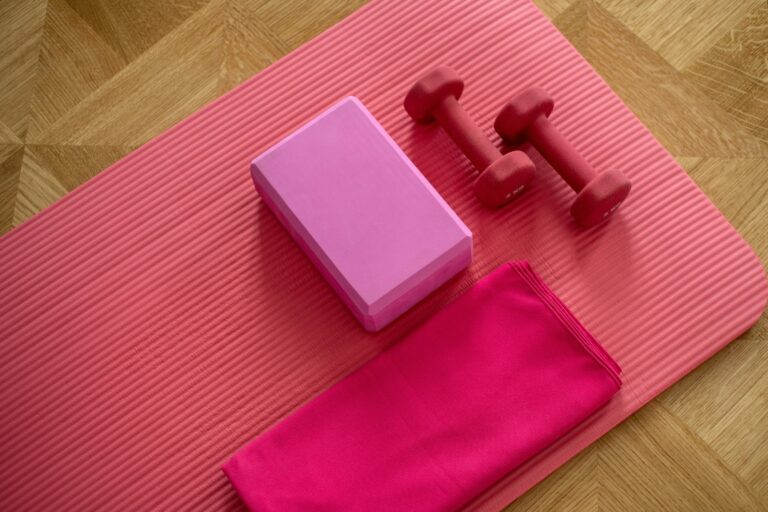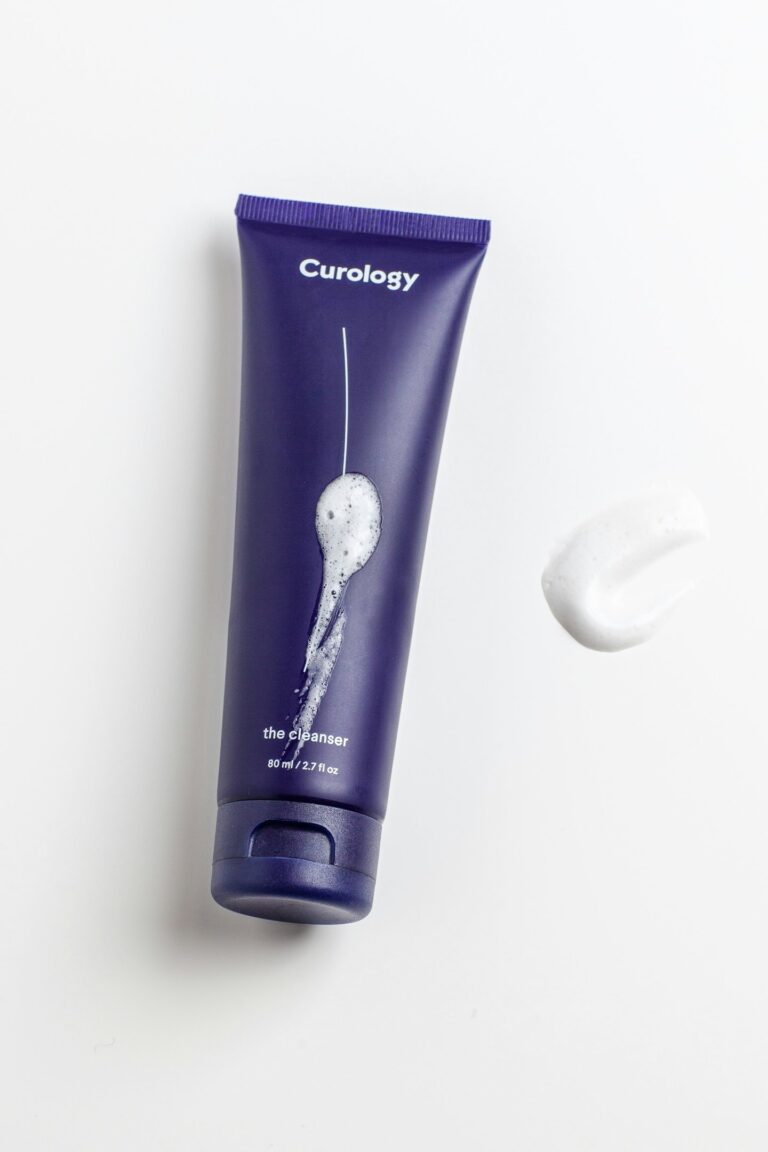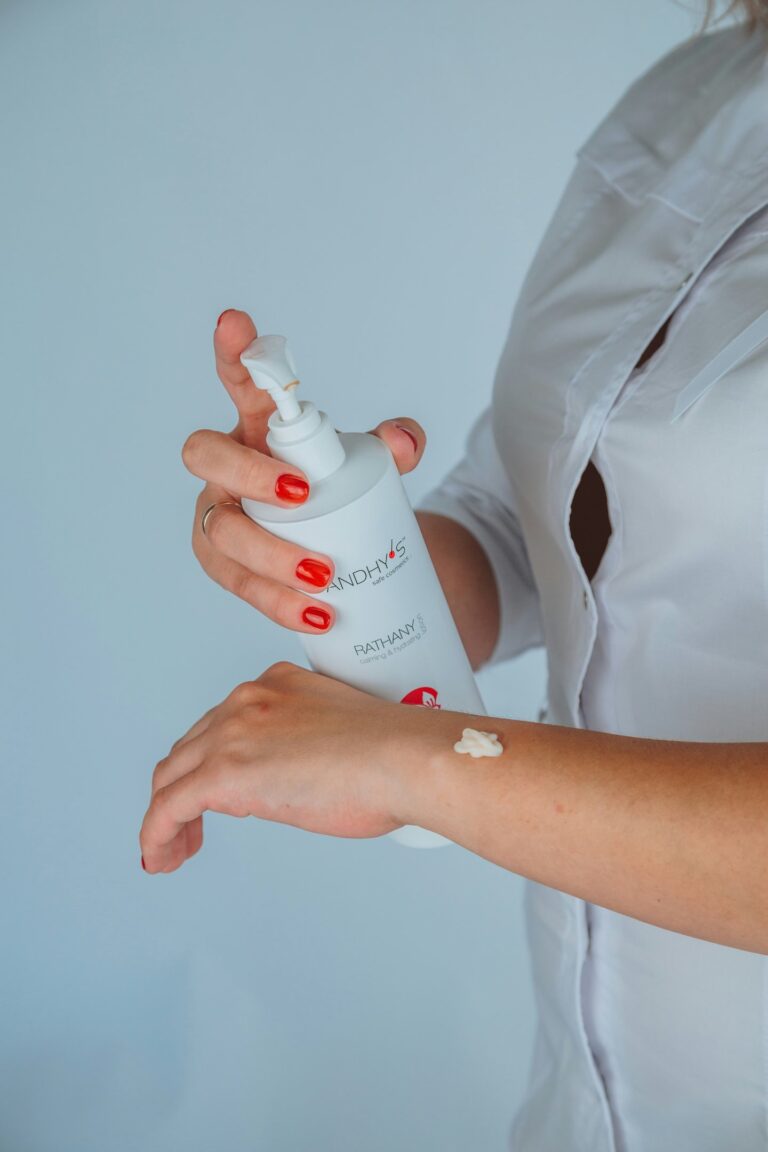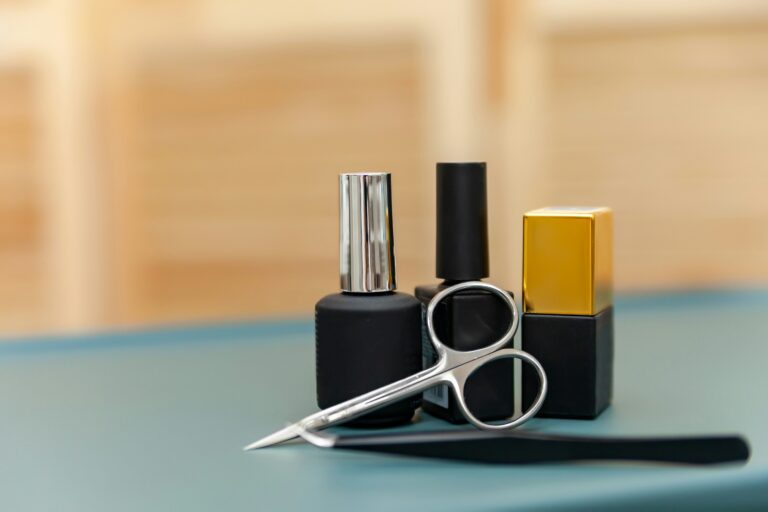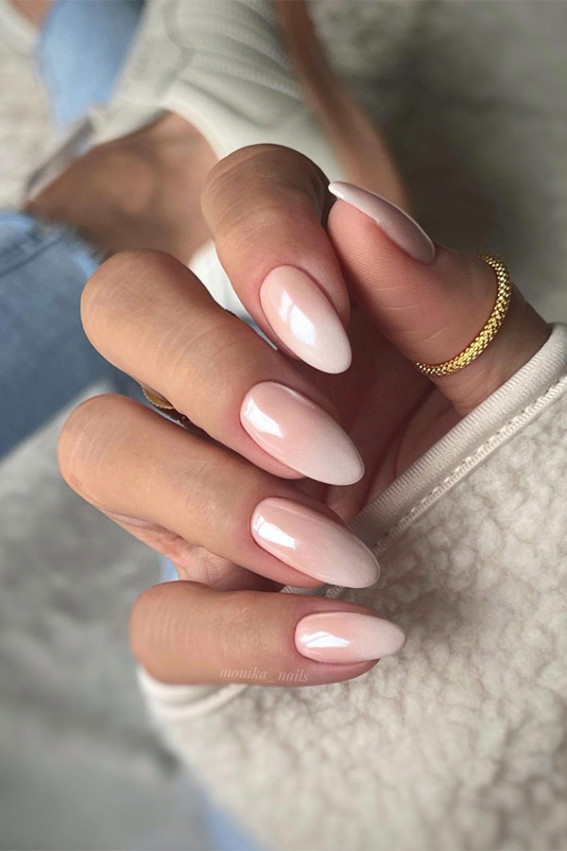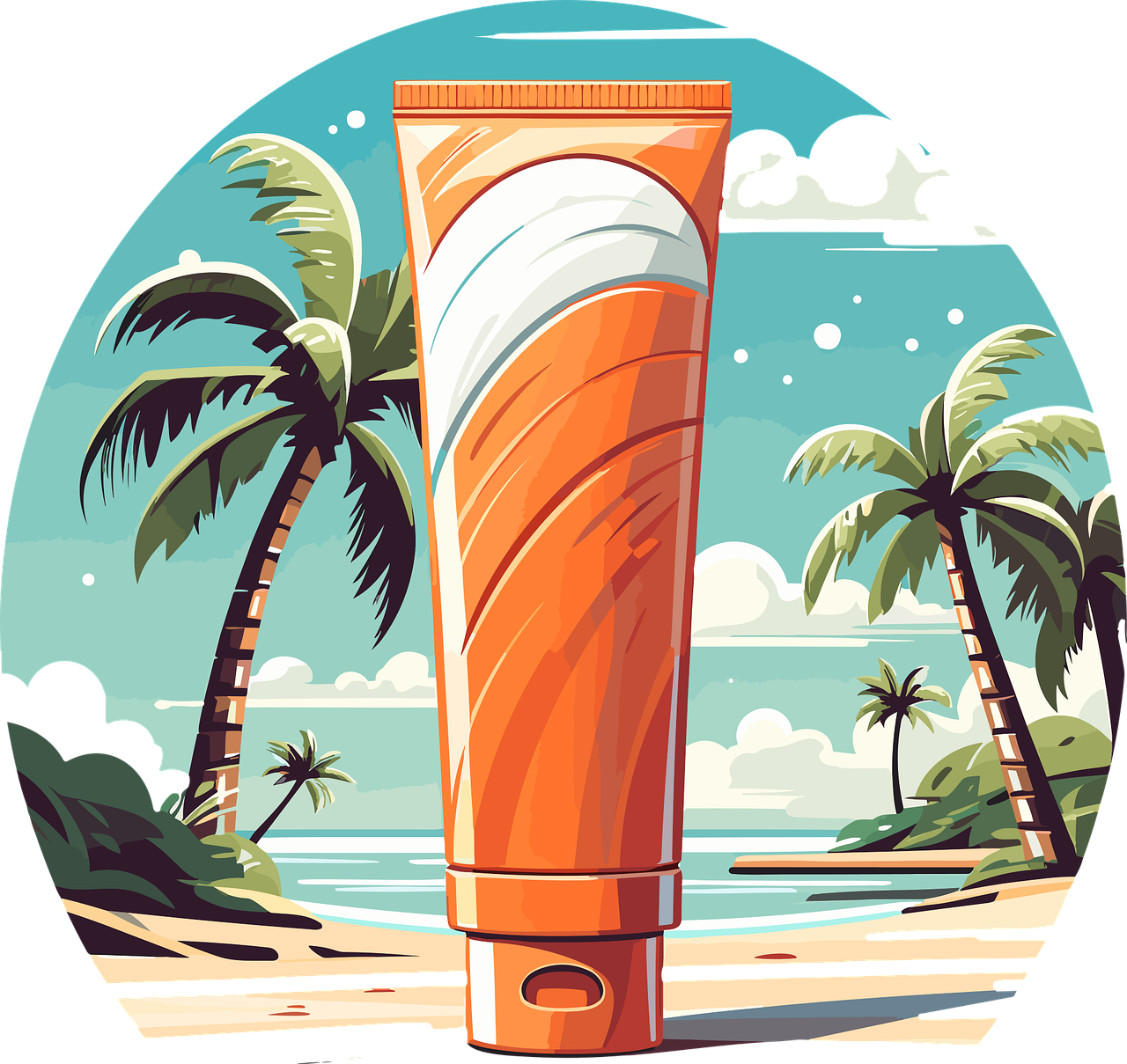
Why It Matters: The Right Sunscreen = Healthier Skin + Less Stress
Sun damage is the #1 cause of premature aging and skin cancer. But the sunscreen you choose affects not only your skin’s health — but how it feels to wear it daily.
Find one that works for your skin type, your lifestyle, and your vibe.
Quick Snapshot: Physical vs. Chemical Sunscreen
Physical vs Chemical Sunscreen: What’s the Difference?
Physical Sunscreens
-
How they work: Sit on top of your skin and physically block or reflect UV rays.
-
Common ingredients: Zinc Oxide, Titanium Dioxide
-
Pros: Gentle, less likely to irritate, start working immediately, great for sensitive skin.
-
Cons: Can leave a white cast, thicker texture.
Chemical Sunscreens
-
How they work: Absorb UV rays and convert them into heat, preventing skin damage.
-
Common ingredients: Avobenzone, Oxybenzone, Octinoxate
-
Pros: Lightweight, invisible finish, easy to layer under makeup.
-
Cons: May cause irritation or allergic reactions in sensitive skin, need to be applied 15-20 minutes before sun exposure.
Which One Should You Choose?
-
If you have sensitive or dry skin, physical sunscreens are usually safer and soothing.
-
For those who want a lightweight feel and no white cast, chemical sunscreens are a good pick.
-
You can also find hybrid sunscreens that combine both for the best of both worlds!
What Is Physical (Mineral) Sunscreen?
Also called mineral sunscreen, this type uses natural minerals (usually zinc oxide and/or titanium dioxide) to form a physical barrier on your skin.
How it works:It literally blocks and reflects UV rays before they penetrate your skin.
Pros:
✅ Starts protecting instantly✅ Less likely to cause irritation
✅ Great for sensitive, acne-prone, or post-treatment skin✅ Reef-safe (when formulated without harmful additives)
Cons:
🚫 May leave a white cast (especially on deeper skin tones)🚫 Can feel heavier or chalky if not well-formulated
Best for:
-
Sensitive skin
-
Children
-
Post-procedure skin (after laser, peels, etc.)
-
Daily use when not wearing heavy makeup
What Is Chemical Sunscreen?
Chemical sunscreens use ingredients like avobenzone, oxybenzone, octinoxate, octocrylene, and others to absorb UV rays. These rays are then converted into heat and released from the skin.
How it works:Instead of sitting on top of the skin, these filters absorb UV rays within the upper skin layers.
Pros:
✅ Lightweight, fluid textures✅ Easier to wear under makeup
✅ No white cast — great for deeper skin tones✅ Water-resistant formulas available
Cons:
🚫 Takes ~15–20 minutes to become effective🚫 May cause stinging or irritation (especially around eyes)
🚫 Some ingredients (like oxybenzone) can be hormone disruptors or allergenic in sensitive individuals🚫 Some chemical filters are not reef-safe
Best for:
-
Normal to oily skin
-
Makeup lovers
-
Sports and outdoor activities
-
Those wanting an ultra-sheer, invisible finish
How to Choose: Which One Is Right for You?
Ask yourself these questions:
1️⃣ Do you have sensitive skin?
Go for a physical sunscreen — fewer chances of irritation.
2️⃣ Are you worried about white cast?
Opt for chemical sunscreen or tinted mineral sunscreen (a great middle-ground).
3️⃣ Will you be sweating, swimming, or wearing makeup?
Chemical sunscreen often layers better under makeup and offers water-resistant options.
4️⃣ Do you want instant protection?
Physical sunscreen protects as soon as it’s applied.
5️⃣ Concerned about reef safety?
Many mineral sunscreens are reef-safe — check for “reef-friendly” on the label.
The Myth: Is One Better Than the Other?
Not necessarily! Both physical and chemical sunscreens can provide excellent broad-spectrum protection — the key is choosing what works best for your skin and your lifestyle.
The absolute best sunscreen? → The one you will wear every day!Consistency matters more than perfection.
Fun Fact Zone 🧴✨
🌞 The first modern sunscreen was invented in 1938!
🌊 Hawaii has banned sunscreens containing oxybenzone and octinoxate to protect coral reefs.🧴 You need about 1/4 teaspoon of sunscreen for your face alone — don’t skimp!
Key Takeaways: Your Sunscreen Cheat Sheet
✅ Physical sunscreen: Reflects rays, great for sensitive skin✅ Chemical sunscreen: Absorbs rays, great for invisible finish
✅ The best sunscreen is the one you’ll wear consistently✅ Apply generously — and don’t forget to reapply!
Final Thoughts: Make Sunscreen Your Bestie 🌞
No matter what skin type you have, wearing sunscreen is a non-negotiable step in your skincare routine. Now that you know the difference between physical and chemical sunscreen, you can choose the perfect one for YOU.
Pro tip: It’s totally okay to have more than one sunscreen — a lightweight chemical one for daily wear, a physical one for beach days, or a tinted mineral sunscreen for a makeup-free glow.
Ready to glow & protect?Stay tuned to FemmeGlowDaily for more sun care tips, product guides, and all things radiant skin! 🌞✨


